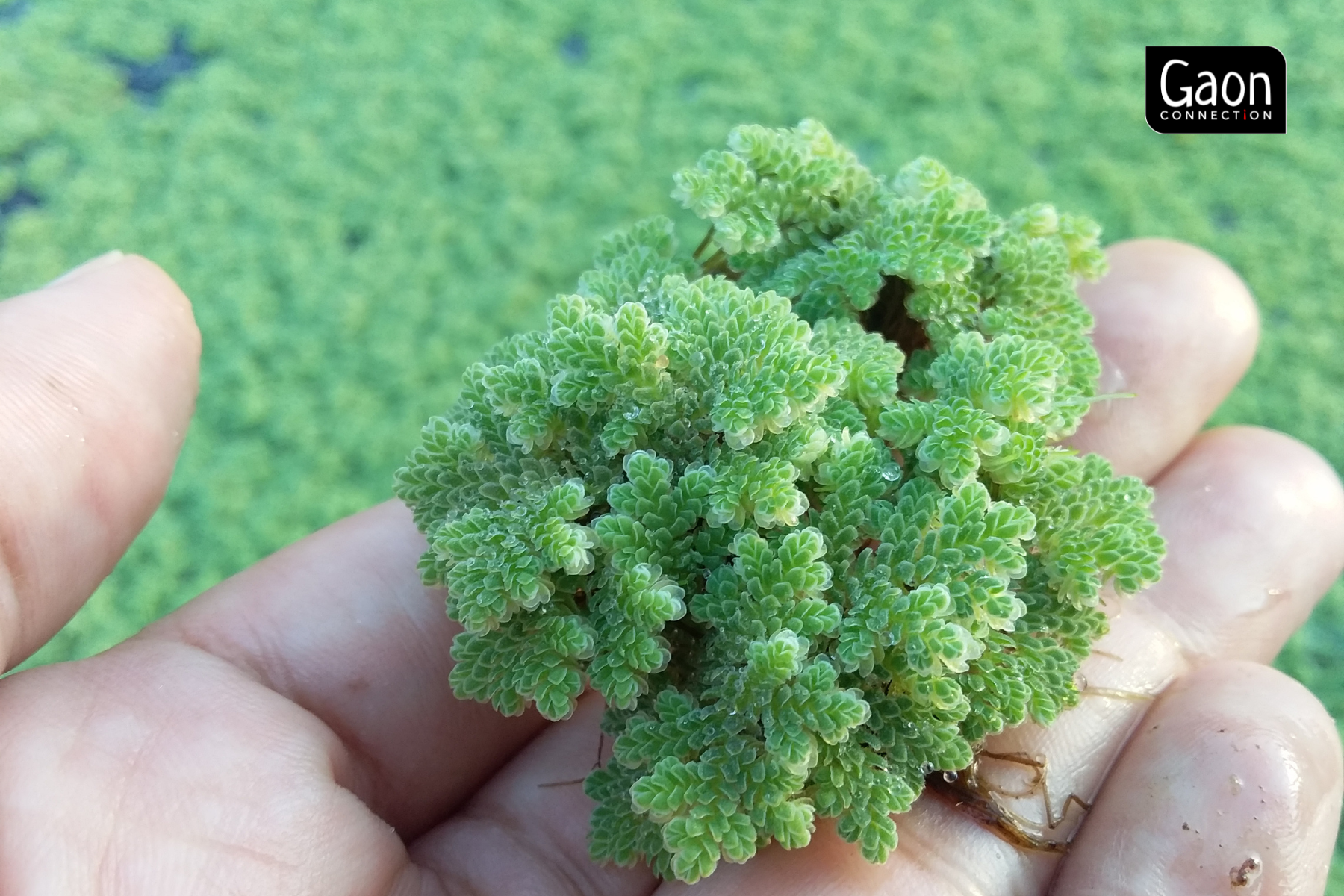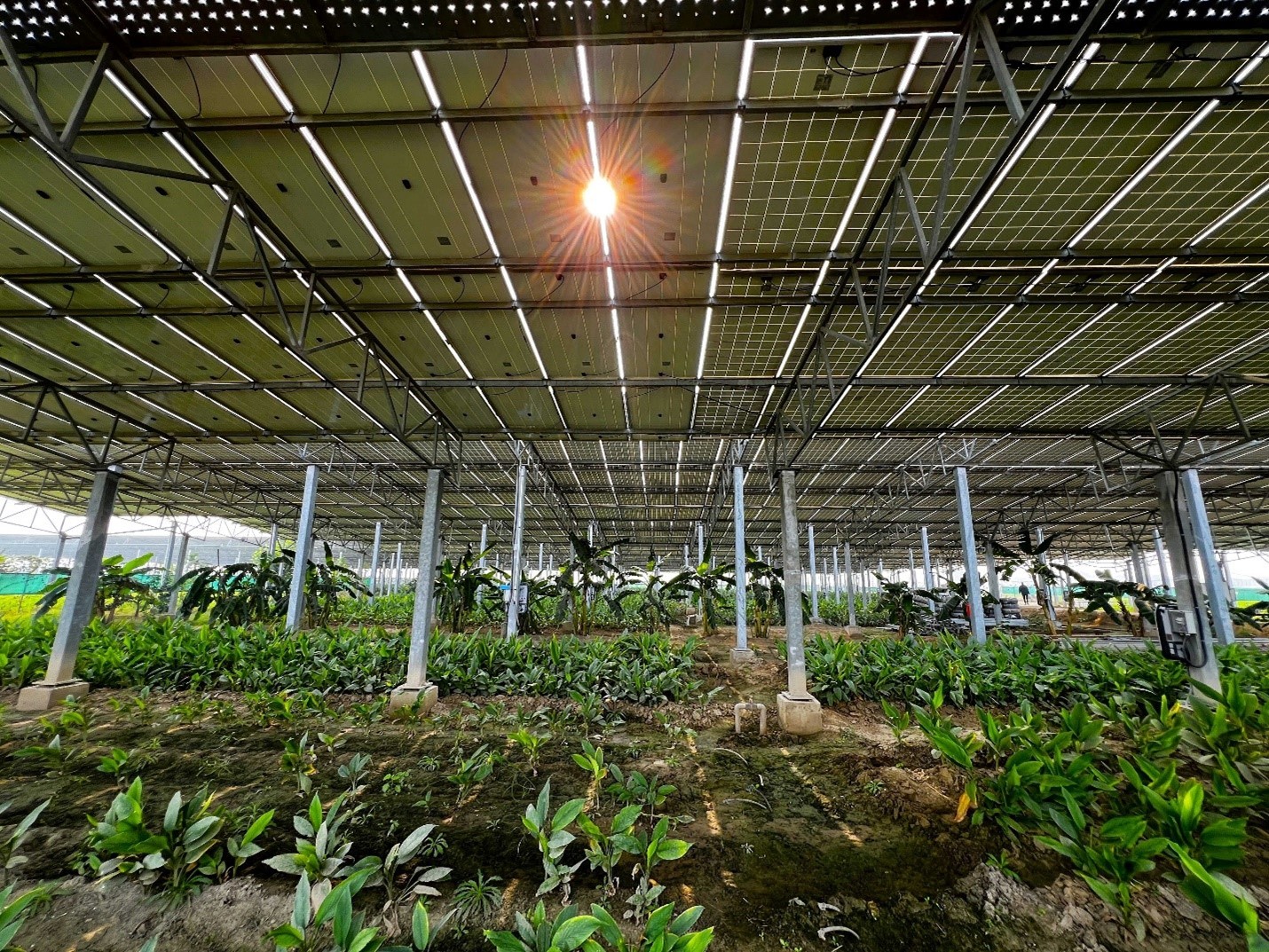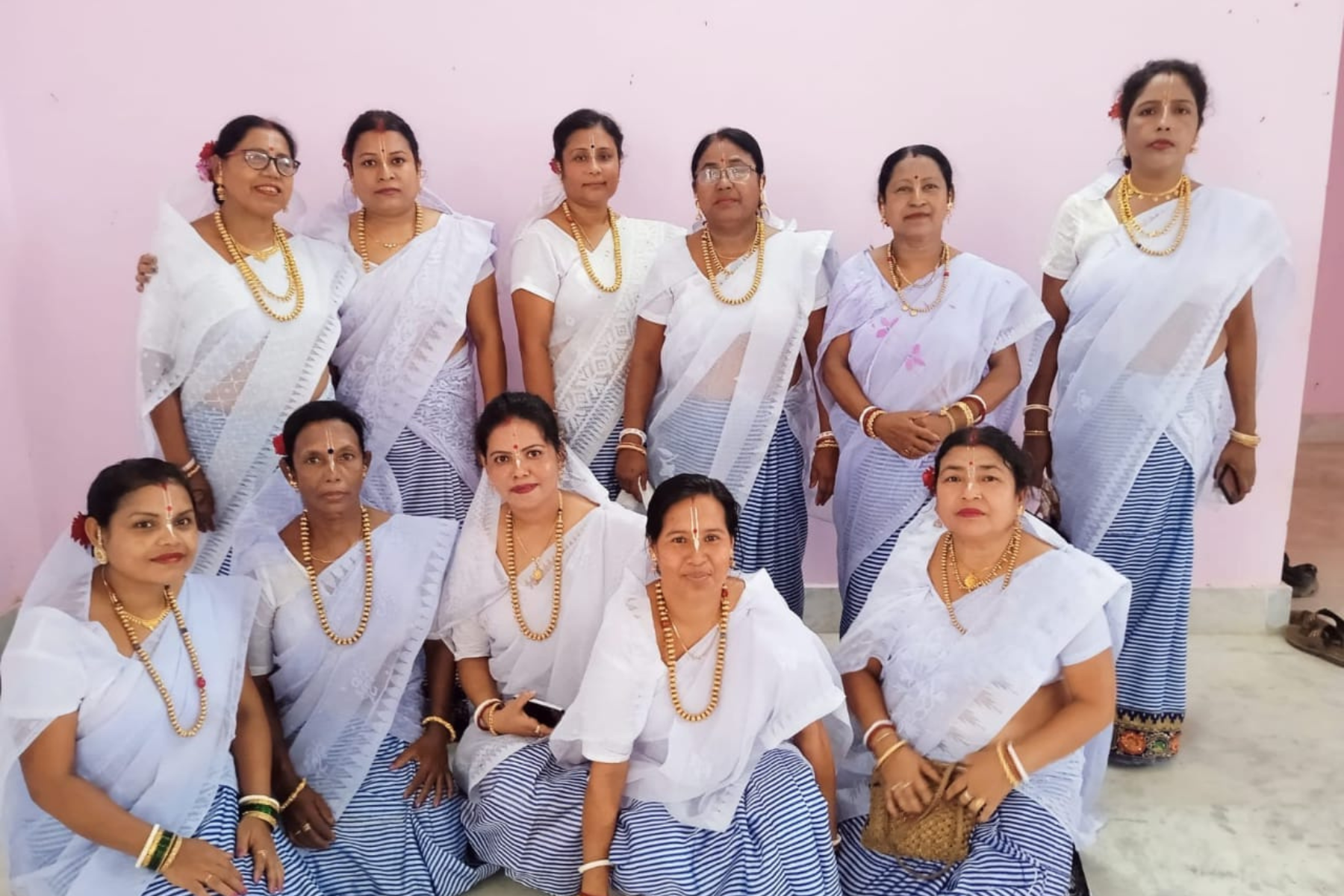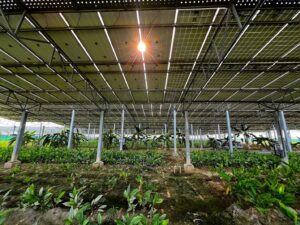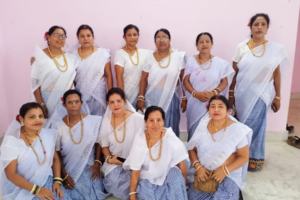In 2014 when Devendra Fadnavis became the chief minister of Maharashtra, one of the first schemes he launched was the Jalyukt Shivar Abhiyaan “in a bid to make Maharashtra a drought-free state by 2019.” Based on the concept of rainwater harvesting and decentralised water management, this flagship scheme of Fadnavis government involved deepening and widening of streams, construction of cement and earthen stop dams, cleaning of nullahs and digging of farm ponds to capture the rainwater and recharge the groundwater.
The project, which aimed to make 5,000 villages free of water scarcity every year for the next five years, was welcomed by many, as the state had been facing recurring droughts. Almost 52 per cent of the state’s area is considered drought-prone.
But a recent report of the Comptroller and Auditor General (CAG) of India, which has assessed the Jalyukt Shivar Abhiyaan, and was tabled in Maharashtra’s state legislature last week, has noted that in spite of spending Rs 96,337 million on this scheme in the last five years to drought-proof Maharashtra, it “had little impact in achieving water neutrality and increasing ground water level.” One of the main reasons behind such a failure was the “lack of transparency” in the execution of works and inadequate monitoring by the state water conservation department, the report noted.
The Jalyukt Shivar scheme has already been discontinued by Maha Vikas Aghadi, the present coalition government in Maharashtra.
Experts who have been tracking the scheme aren’t surprised by the findings of the CAG report, as they had been pointing out flaws right from the onset of its implementation.
“Jalyukt Shivar was a contractor-driven money harvesting programme, which was not based on sound hydrological principles and scientific concept of ridge-to-valley, though on paper it was shown to be so,” H M Desarda, an economist and a former member of Maharashtra State Planning Commission, who is based in Aurangabad, told Gaon Connection.
In September 2015, he filed a public interest litigation (PIL) in the Bombay High Court demanding an assessment of the scheme.
Under the Jalyukt Shivar Abhiyaan, 25,000 villages had to be covered. But, the CAG report found the scheme catered to 22,586 villages only and 641,00 works were undertaken under it. Of these, 98 per cent or 630,000 works were completed at a cost of Rs 96,337 million.
Of the 120 villages which were selected for the CAG audit, in 83 villages the storage created was not sufficient to meet the water requirements, whereas in the remaining 37 villages, the storage created was less than planned, leading to a shortage in water for drinking and irrigation purposes. “The reasons for the shortfall were curiously absent from the relevant reports and were not ascertained by district authorities, defeating the objective of drought-free villages,” the CAG report pointed out.
According to Pradeep Purandare, former associate professor with Water and Land Management Institute (WALMI), Aurangabad, an autonomous body under the state government’s department of soil and water conservation, Jalyukt Shivar was “conceptually incorrect” and was a convergence of certain existing schemes which was equated with nullahs openings and deepenings only. “The excess widening and opening of the nullahs led to a change in the hydraulic gradient. Instead of water flowing from rivers to wells, it started flowing in a reverse direction in certain places,” he told Gaon Connection.
Based on Desarda’s PIL, the High Court did set up a committee chaired by former secretary of the state government, Johny Joseph, along with eight members, to assess the functioning of the scheme. The committee’s report concluded the scheme was enforced scientifically and that the ridge-to-valley approach was being adhered to.
However, Pundare dismissed the Joseph Committee report, which, he claimed, was set up in order to give a clean chit to the Jalyukt Shivar scheme. “My main argument is that BJP exposed the irrigation scam of the previous government because of which they came to power. Ideally, they should have done something to solve the irrigation problem. However, they chose to avoid that struggle and implemented Jalyukt Shivar that wasn’t even in their agenda,” he said.
But, there are experts who believe Jalyukt Shivar helped create a good level of water literacy in the state and helped villagers to come up with their own water conservation programme on a small scale. “The scheme gave a clear message which was drilled in the community and helped to build a good tempo but, now that is going down since the present government has stopped all these activities,” Rajesh Puranik, professor at WALMI, Aurangabad, told Gaon Connection. Rainfall activity in Maharashtra varies from region to region. Some parts witness 6,000 millimetre (mm) annual rainfall, whereas others receive as low as 300 mm rainfall.
“The water conservation works under Jalyukt Shivar led to a significant rise in the water table especially in places like Marathwada where there is a good potential of ground water recharge this year,” he added.
But, Desarda still claims the scheme was “unnecessary” and “unscientific”, which led to irreversible ecological destruction in the state. “The scheme being a pet project of Fadnavis government was pushed by bureaucrats despite its fallacies. It was a situation exactly like the Emperor’s clothes. Nobody was ready to tell him that the emperor has no clothes,” he told Gaon Connection.
Sandipan Badgire, a farmer activist based in Latur, a drought-prone district of Marathwada region in the state, pointed towards the ground reality of water level in Latur after the Jalyukt Shivar works. “The rainfall this year has been good for the crops but it wasn’t sufficient to replenish the groundwater level and the result of this is that despite a good rainfall, we still won’t have enough water after Diwali,” he said. According to him, the groundwater level has depleted so much in some pockets of Marathwada that farmers have now started to avoid growing water intensive crops.
While Jalyukt Shivar with its good intention and multi-crore expenditure failed to achieve its goals, experts believe the solution to water woes in Maharashtra lies in coming up with a well-planned cropping pattern that suits the local agro-climate and allows rainwater to percolate down and and replenish the groundwater.
Badgire cited the example of Hiware Bazar village in Ahmednagar district of Maharashtra, which has successfully stored rainwater and raised the groundwater level. “The village also has a control over the kind of crops sowed, and cultivation of water-intensive sugarcane is banned. Villagers grow seasonal crops which don’t need a lot of water like chana,” Badgire told Gaon Connection. This has lead to an increase in the water level and there is enough water for both drinking and farming. “So, cropping pattern needs to be changed and water should be used judiciously,” he suggested.
Pundare, too, stressed on the need to restrain sugarcane cultivation in semi-arid, drought-prone regions of the state such as Marathwada. “Sugarcane crop takes five per cent cultivable area but seventy per cent of water for irrigation, leaving little choice for other crops like cotton. The state’s cotton belt is barely irrigated and is famous for farmers’ suicide. If other crops are irrigated, then their productivity will increase and crop beneficiaries will also increase,” he said.
But according to Fadnavis, it was unfair to discredit the Jalyukt Shivar Abhiyan. The scheme was to have covered 10 years but the CAG report about it was drawn up half way through.
Had it (Jalyukt Shivar Abhiyan) been allowed to continue, its objective would have been realised, he said. “The strictures in the report are related to a few works under the scheme and not about the entire JSA,” he pointed out. According to him, there are also details in the report that say how the scheme has also helped in rising the water levels in Marathwada and other drought-prone areas of the state.


